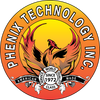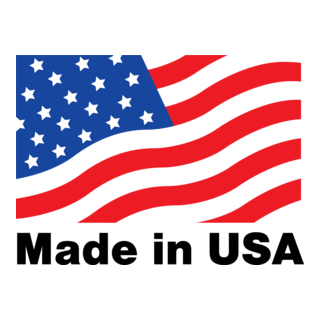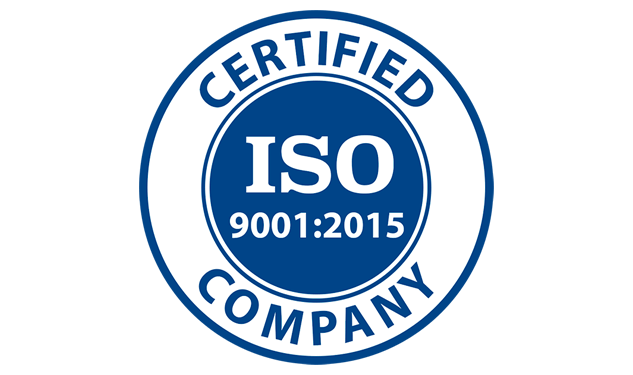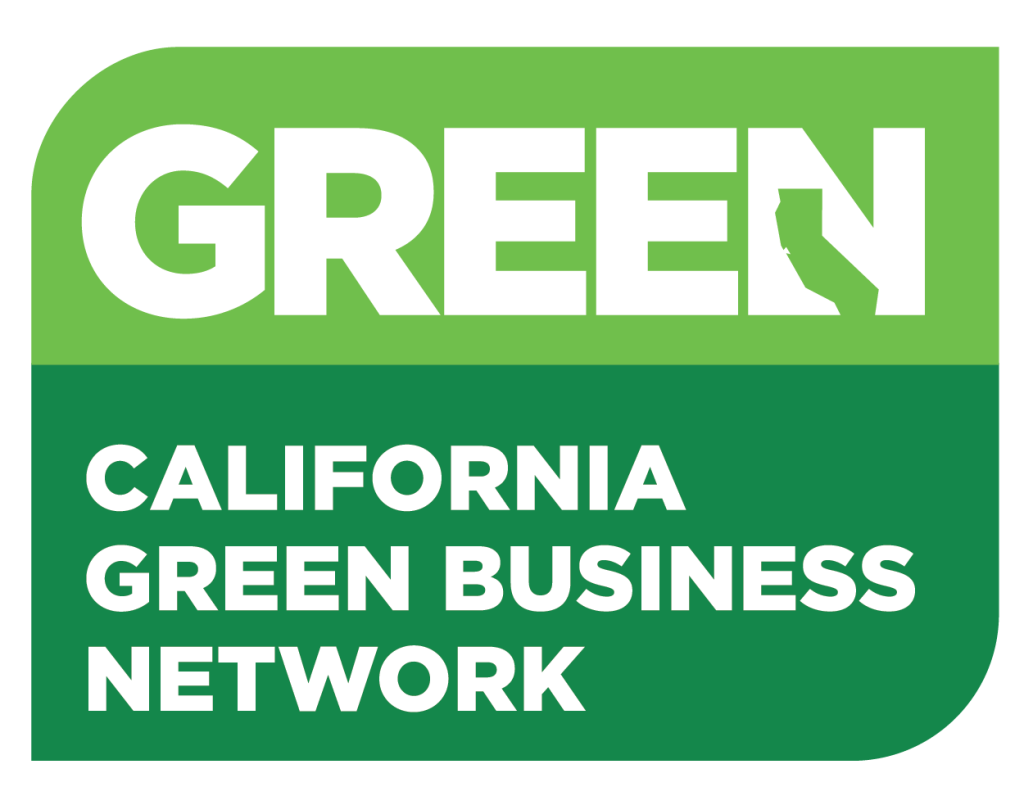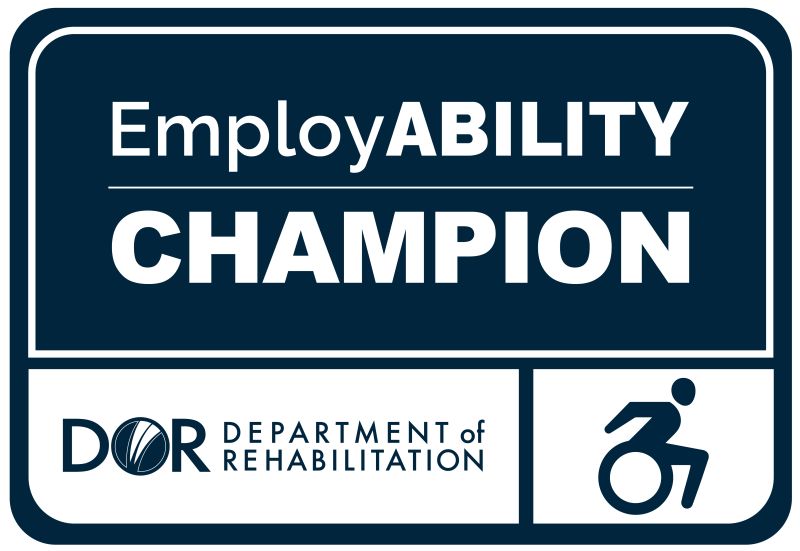CARE AND USE FAQ
Q: What do you recommend for care and maintenance of your helmet?
A: Phenix Fire Helmets are designed to provide years of continuous safe use. For decades it was believed that a “salty” helmet was the sign of a “real firefighter.” Unfortunately, we have learned that that “salty” gear is also responsible for significant increases in firefighter related cancers. Additionally, gear that has not been cleaned may hide issues that could result in a failure of the helmet to provide complete protection. As a result we strongly encourage you to follow the following care and maintenance plan.
Light Cleaning – Soak a simple washcloth, soft towel, or soft bristle brush in warm water and wipe down all the exposed areas of the helmet (you may use a mild liquid detergent, with a ph level of 7-8, during this process, but be sure to rinse the areas thoroughly afterwards). Take a soft towel and make sure that you dry the entire helmet by wiping it off and then hanging it to dry in a shaded area. While cleaning the helmet look for deep scratches, cracks, bubbling, or other damage that may suggest the helmet needs to be replaced. Make sure the helmet is dry before returning it to a station locker or placing it in a gear bag. DO NOT use any degreaser on your helmet.
Frequency – At the end of every shift or training function
Tools needed – None required
Deep Cleaning – Remove the helmet’s goggles/faceshield, earlaps, suspension, chinstrap, ID shield, closed cell foam impact liner, and any accessories you have attached to the helmet. Phenix Technology, Inc. has designed our line of fire helmets so that you can remove all of these components in just a few minutes. Set up a bucket or wash basin with a mixture of mild detergent (with a ph level of 7-8) and hot water. Use caution to ensure the water is not hot enough to cause injury. Using a soft bristle brush, thoroughly wash in the inside and outside of the helmet shell. While washing the shell make sure to remove any foreign material and inspect the helmet for any deep scratches, cracks, bubbling, or other damage that may suggest the helmet needs to be replaced. Wipe the shell off with a clean towel, check all labels to confirm date of manufacturer (if your department follows NFPA 1851 make sure to replace your helmet at 10 years) and then hang it to dry in a shaded area. If possible, remove the earlaps, comfort pad, ratchet cover, and foam crown pad from the suspension and wash it using the soft bristle brush. Submerge the chinstrap in the water solution and scrub thoroughly. Using the soft bristle brush scrub the goggles/faceshield removing any foreign material and inspect for damage or excessives. Replace if you are unable to properly use or see through. Repeat these steps for all other components/accessories except for the earlaps, impact liner, foam crown pad, and comfort pad. Gently rinse and wipe down the impact liner and foam crown pad. Using a non agitating washing machine or extractor wash the earlaps and comfort pad using a mild soap and then hang to dry. Do not place any helmet components in a dryer. Inspect every component while you are cleaning it and replace if necessary. Wipe down all of the components and let them air dry in a shaded area. Once the shell and all components/accessories are completely dry reassemble the helmet and return it to storage. Proper personal protective equipment should always be used during a deep cleaning. DO NOT use any degreaser on your helmet.
Frequency – Once a year or when the helmet has been exposed to cancer causing chemicals.
Tools needed – Screwdriver or hex nut driver may be needed to remove ID shields.
* Helmets exposed to CBRN terrorism agents or other hazardous materials must be decontaminated or disposed of following your department’s Standard Operating Procedures
It is important you regularly conduct care and maintenance on each helmet. Failure to follow the care and maintenance listed may result in voiding of the warranty and also may expose you to life threatening cancer causing chemicals.
For additional information please feel free to contact us at 951-272-4938.
Q: Is it okay to change the curvature of my rear brim on my TL2 leather helmet?
A: Yes. Many of our leather helmets have different looks from region to region. You may see the Boston, Colorado, Bronx, or classic Phenix bend among other customized options. The rear brim is made of pure leather with a piece of continuous 12 gauge wire around the outside. If you wish to change the look, simply take your time and SLOWLY work the helmet into the shape you desire. Refrain from repetitive bending, as the wire is made of malleable steel, which may compromise the integrity of the support wire. Repetitive bending may also cause a “wrinkling” look in the leather. If the leather is very rigid you may gently soak the brim in water and then shape it. DO NOT place your helmet in an oven or BBQ to heat it in an attempt to shape it. This action is not necessary and will void the warranty.
Q: What can be done to cover the nicks/scratches in my TL2 leather helmet?
A: Our helmets are true leather and the leather can become nicked and scratched over time. We use Angelus shoe paint (available online) because it responds like a dye by soaking into the leather which resists chipping and cracking.
Q: My liner seems to be coming out of the shell with only light force, is this normal?
A: Sometimes hair products, oils, smoke residue, or other materials may work their way into the area and cause the liner to easily pull out. This means your helmet may need a deep cleaning; but, you can also take a q-tip with soapy water on it to clean the hangers of the liner and the sockets in the shell (where the hangers from the liner fit into it). If the problem still persists, please contact a technical specialist at Phenix Technology, Inc.
CONSTRUCTION/COMPONENTS FAQ
Q: Do you sell individual components/accessories for your helmets?
A: Yes. Every component or accessory that Phenix Technology, Inc. sells with a helmet can be replaced. One of our greatest advantages is that you can replace almost every item in the helmet economically and with very little effort. Whether your helmet was purchased twenty years ago or yesterday, all replacement part are available for you to properly retrofit your helmet. Only Phenix Technology, Inc. approved components or accessories should be used with our helmets. The use of any other components or accessories may void the warranty and/or cause damage to the helmet.
Q: What is the difference between the ratchet and nape strap suspension liners?
A: Both suspensions are fully adjustable and are positioned at the nape of your neck. The nape strap adjusts by a Velcro strip usually referred to as a one-time adjustment while the ratchet adjusts by a knob at the rear of the suspension.
Q: Do your helmets come in different sizes?
A: All Phenix Fire Helmets shells are one size, but suspension liners are available to fit any sized head. A standard suspension liner should fit most heads in a size range from 6 1/2” to 7 7/8”. Extra small or extra large liners are available to fit most other sizes. In the very rare instance that none of these three liner sizes fit a customer, we will gladly design a custom suspension liner to ensure a safe and comfortable fit.
Q: Can I cut out the ratchet/nape strap portion of the suspension?
A: No. Altering your helmet in anyway invalidates any warranty or liability on the manufacturers’ part.
Q: What are your earlaps made of?
A: Our earlaps are made of a Nomex and Fire Retardant Cotton blend.
Q: Why are your shield sizes different than some others on the market?
A: The Phenix line of fire helmets were designed with ergonomics, comfort, and safety in mind. The low ride and shape of our helmet creates a slightly different profile than most other helmets on the market; therefore, our post placement is usually wider than other manufacturers as is the height of the shield. Only shields made for Phenix helmets will fit properly.
Q: Why does the leather on my TL2 helmet look slightly different than other Phenix TL2 leathers?
A: Leather is a natural material and as such, has variations in color, look, feel, and weight. Natural variations in these characteristics are unavoidable making each leather helmet unique in its own way. This has no effect on the design or the safety of the helmet. In fact, it is part of what gives leather helmets their charm.
Q: Why does the rear brim of the TL2 leather helmet seem so pliable?
A: Our helmets are made of 100% hand crafted leather. There is no plastic or other filler in the leather brim of the helmet so it remains lighter and allows for better shock attenuation should an object strike the brim. In keeping with tradition, our helmets feature a longer rear brim so water can easily shed from the helmet to the back of a firefighter’s coat, thus preventing hot water and other burning combustibles from burning the firefighter. Phenix Technology, Inc. wanted to honor “old school” firefighting helmets, thus keeping the tradition alive while incorporating the critical components to modern safety standards.
Q: Will the brim of my TL2 leather helmet lose shape?
A: There is a 12-gage wire inserted along the edge of the brim to keep the shape you desire. If you would like a specific bend to your brim, it is best to disclose this information at the time you place your order so we may accommodate your request before the helmet is painted. The brim may still be shaped after painting, but the natural wrinkles in the leather may be more visible.
Q: May I get a flip down eye shield?
A: Yes. It may be ordered as an accessory item on the traditional style helmets; however, is only available on OSHA model helmets.
Q: Can I get a face shield on your traditional style helmets?
A: At this time only goggles are available as an NFPA compliant eye protection with our traditional style helmets.
ORDERING FAQ
Q: How can I purchase your helmet?
A: Phenix Fire Helmets are available through nearly 100 different distributors worldwide. Check our distributor locator on our website to find your closest distributor.
Q: Why am I unable to order a helmet directly from you?
A: We feel it is important for our customers to have a more personal firsthand experience. We work with only the finest distributors who have same commitment to excellence that we do. Many of our distributor sales agents are current or retired firefighters who have worn our products. This personal touch helps to ensure our customers receive the finest customer service experience. While we encourage you to purchase helmets through our distributor network, we are always willing to take your call or email if we can be of further assistance.
Q: How long does it take once I order my helmet?
A: Each helmet line has a different production time based on the production process. All of our leather helmets are hand crafted and thus, have a longer production than our thermoplastic or composite helmets. Please contact your local distributor or our office directly for current production times. While custom designed helmets are made to order, many of our distributors carry a full line of our fire helmets for immediate delivery.
STANDARDS FAQ
Q: Are your helmets NFPA approved?
A: On the front cover of the NFPA 1971-2018 standard, it states the NFPA does not, “list, certify, test, or inspect products, designs, or installations for compliance with this document. Any certification or other statement of compliance with the requirements of this document shall not be attributable to the NFPA and is solely the responsibility of the certifier or maker of the statement.” All our helmets are tested and meet or exceed the standards of NFPA 1971-2018 while the First Due contemporary style helmet also meets or exceeds the testing standards of NFPA 1951-2013. A helmet must be ordered with the required NFPA components (compliant goggles, ear/neck protection, and reflective material) to be compliant. More information is available on the NFPA website at: www.nfpa.org.
Q: Does NFPA certify helmets?
A: No. It only specifies suggested performance criteria. More information is available on the NFPA website at: www.nfpa.org.
Q: What is NFPA?
A: NFPA stands for National Fire Protection Association. The NFPA is an international nonprofit organization which in their own words, "develops, publishes, and disseminates more than 300 consensus codes and standards intended to minimize the possibility and effects of fire and other risks." More information is available on the NFPA website at: www.nfpa.org.
Q: What is NFPA 1971?
A: NFPA 1971 is the Standard on Protective Ensembles for Structural Fire Fighting and Proximity Fire Fighting which specifies "the minimum design, performance, testing, and certification requirements for structural fire fighting protective ensembles and ensemble elements that include coats, trousers, coveralls, helmets, gloves, footwear, and interface components." More information is available on the NFPA website at: www.nfpa.org.
Q: Why are only some of your helmets identified as NFPA 1971 compliant?
A: The NFPA 1971 standard requires specific testing of helmets and components by an independent testing facility. All of our helmets meet or exceed the current standard, but for a helmet to be compliant, NFPA 1971 requires that helmets be equipped with certain components. These include: goggles or full face faceshield, ear/neck protection, Nomex chinstrap, and a minimum surface area of four square inches of compliant lime/yellow or red-orange reflective material. Check with your distributor to ensure your order meets the requirements to be NFPA compliant.
Q: If my helmet is NFPA 1971 compliant is it also CAL and US OSHA compliant?
A: Yes. The NFPA 1971 standard exceeds the requirements of CA and US OSHA standards.
Q: Where is the NFPA compliant sticker in my helmet?
A: If you turn your helmet upside down, push aside the liner and gray impact cap on the right side of the helmet as worn, you will find the labels determining the level of compliance.
Q: Can I get a copy of your NFPA compliance Certificate?
A: Our Certificate of Compliance to the NFPA standard can be found on the Literature page of our website.
Q: Is there a more recent standard than NFPA 1971?
A: 1971 is the standard number and not a year. NFPA 1971 is periodically amended and our helmets are compliant to the current standard. The current revision is the NFPA 1971-2018.
Q: Isn't there a more stringent NFPA 1972 standard?
A: NFPA 1972 did exist but was ultimately incorporated into the NFPA 1971 standard.
Q: Are flip down eye shields NFPA approved?
A: No. See above question about NFPA approval. Flip down eye shields do not meet the requirements of eye protection for NFPA or ANSI compliance.
Q: Is your testing laboratory a recognized testing lab?
A: Our helmets are tested by National Technical Systems in Fullerton, CA. This lab is approved by the Defense Electronic Supply Center (DESC), accredited by the American Association of Laboratories (AALA), and is ISO registered. NTS meets and exceeds all of the requirements for NFPA 1971-2018 compliance. For a complete list of NTS’s certifications please contact NTS or us directly.
Q: Can a helmet be recertified after 10 years?
A: No helmets can be “recertified” as it would require the helmet to go through destructive testing, thereby rendering the helmet unusable.
WARRANTY FAQ
Q: What is the warranty on your helmet?
A: We have a standard 5-year craftsmanship warranty on all our helmet shells and a 1 year craftsmanship warranty on all components/accessories. Please refer to the Care and Maintenance manual included with your helmet for further information.
Q: How do I register my helmet for the warranty?
A: Complete the warranty form found in the Care and Maintenance manual included with your helmet at the time of purchase and mail it back to us.
Q: Does adding an ID bracket invalidate my warranty?
A: As long as the ID bracket is a Phenix Technology, Inc. approved ID bracket and is installed per manufacturer instructions it will not invalidate the warranty.
GENERAL FAQ
Q: Are your helmets really “American Made?”
A: Phenix Technology, Inc. is proud to have all our products certified as Made In California. This certification requires very strict adherence to the manufacturing of products within the State of California including the final assembly and most of the assembly parts.
Q: Do you have a quality program in place?
A: Phenix Technology, Inc. has strict adherence to the quality standards set in ISO 9001:2015. Quality is a very serious matter at Phenix Technology, Inc. and we strive to stay the best in our industry.
Q: Where can I see your helmet up close and try one on for fit?
A: Contact a local distributor in your state or attend a local tradeshow. A list of tradeshows can be found here. If there is no distributor in your state, you may contact us directly and request to participate in our demo program.
Q: Do you attend any firefighter or rescue trade shows?
A: You can visit our Tradeshows page for dates of shows where Phenix representation will be.
Q: What should I do if my helmet seems damaged beyond repair?
A: Contact your local distributor or our office directly and request an evaluation.
